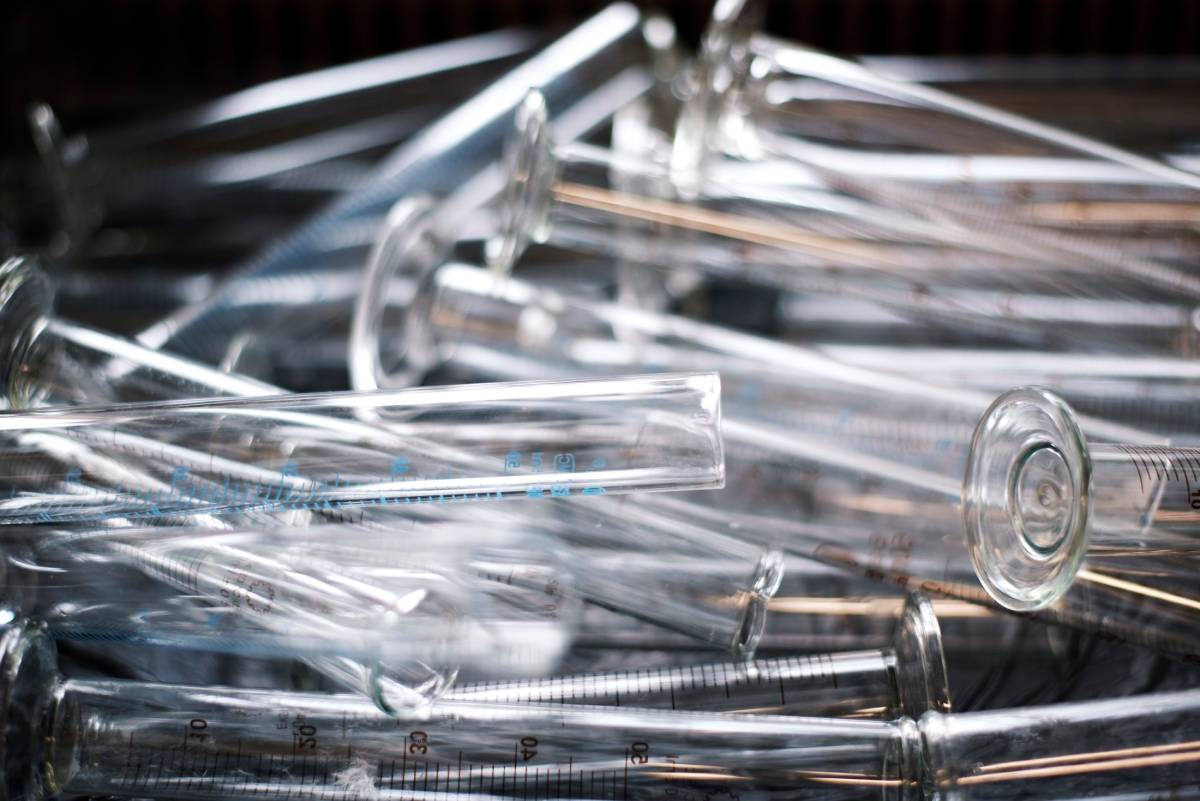To that end, I present to you a short descriptive narrative about how the saliva collection process works.
Drool-Worthy Genetics
Personal genetic testing kits are available for the general population to purchase. They can provide you with information about your genetic ancestry, as well as genetic health risk, cancer health risk, and other health related results. Some currently available kits include: 23andMe, Ancestry.com, National Geographic Geno, and myHeritageDNA. Reports suggest that over 26 million people have participated in these at-home tests.
Kits may be purchased online — usually for under $200. Genetic test collection kits include clear step-by-step instructions.
But before you spit, you are asked to open an associated account online so that the maker of the kit knows who is providing the sample. This ensures that the correct individual is notified when results are ready to share. If you forget, your kit may not be tested, and definitely will not be linked back to you.
Most tests require filling a small tube with saliva. Approximately 2 ml of spit is required – filling the tube to a printed fill-line. For natural droolers, 2 ml of saliva comes easy – and overshooting the mark is a real concern. Those who are more arid are given hints to get the faucet running. Saliva carries the genetic test gold – white blood cells.
With 26 million consumers spitting so far, at 2 ml of saliva per consumer, this means that over 12,000 gallons of saliva have been transported. If hauled together in tanker trucks (the kind you see delivering fuel to your local gas station), it would take two or more trucks to carry it all.
Saving Your Saliva
With a screw- or push-on lid containing a small amount of preservative liquid, the cap is tightened onto the saliva tube and the preservative releases into the saliva where it is mixed with a brief shake.
Once the tube is sealed and labelled, placed in a small plastic bag to protect the mail carrier from accidental contamination if a tube breaks in transit. The bag is then placed inside a pre-paid postage shipping box and delivered to the mail.
The journey to the lab is not easy – exposure to the elements in February in Michigan or direct sunlight in south Texas in July subjects the saliva sample to a wide range of temperature extremes. Saliva is hearty stuff, and the preservative helps, but extremes can damage the sample and make them unusable. Not all saliva samples make it, but well over 90% are able to be used.
Genetic Testing Begins
When the sample arrives, the lab first completes a process called accessioning –to ensure that the sample is properly linked to the correct consumer and was not damaged in transit. Was the kit registered? Can we link the saliva to a person? Is the tube intact? Is there sufficient saliva? Are there abnormalities that clearly disqualify a sample from testing, such as foreign objects?
Following accessioning is extraction: the saliva is extracted from the tube and prepared for testing
The final lab step in the process is genotyping, where DNA is isolated from the saliva. Occasionally, the saliva does not contain sufficient human DNA. This could be due to the consumer drinking or eating just prior to taking the test, the DNA being damaged in transit, or the consumer not providing human saliva (urine, blood, pet saliva, feces, or plain water are examples of the types of fluid sometimes found in these kits). Or it may simply be that the consumer’s saliva does not contain as many white blood cells as necessary.
Leaving the Genetics Lab
At this point the test provider has what they need to interpret and report. The report is carefully presented to the consumer to minimize confusion over what the results may mean. Because of the lack of understanding around genetics in the general population, these at-home tests can often be misunderstood. For any genetic health risk, pharmacogenetic or carrier status reports, the FDA requires extensive user comprehension testing to ensure that the customer (who may be using the report in a medical/health context outside of the supervision of a doctor) understands what is reported.
Paid to Watch People Spit
The method is where the madness lies – that is, if you think watching people spit all day long is madness (and I wouldn’t disagree with you if you did). But this method is important to ensure that customers of organizations who are engaged in collecting saliva for personal genetic tests do it as accurately as possible.
Someone has to do it – so why not us? Besides, it’s kind of fun watching the response when you can ask someone, in all seriousness, if they ever considered what 12,000 gallons of drool would look like. Whoever said survey research was boring!

